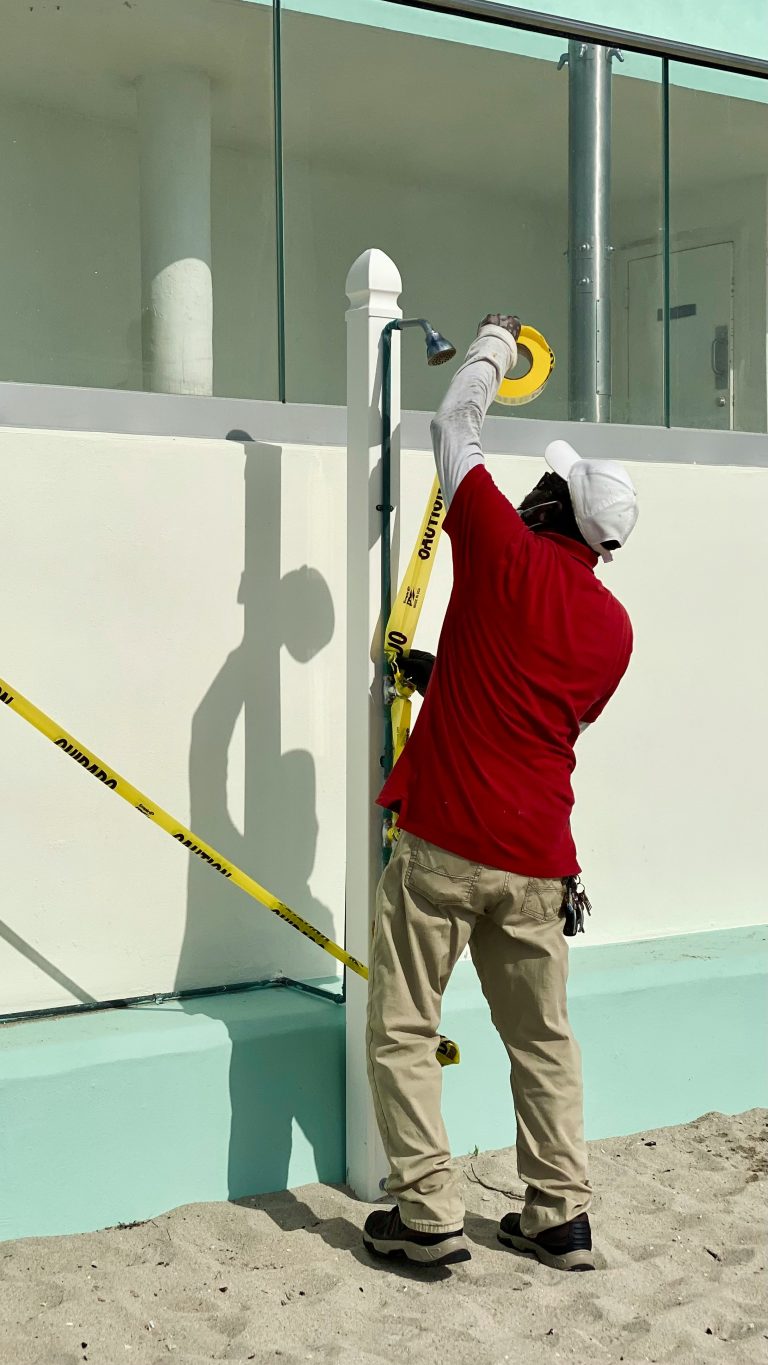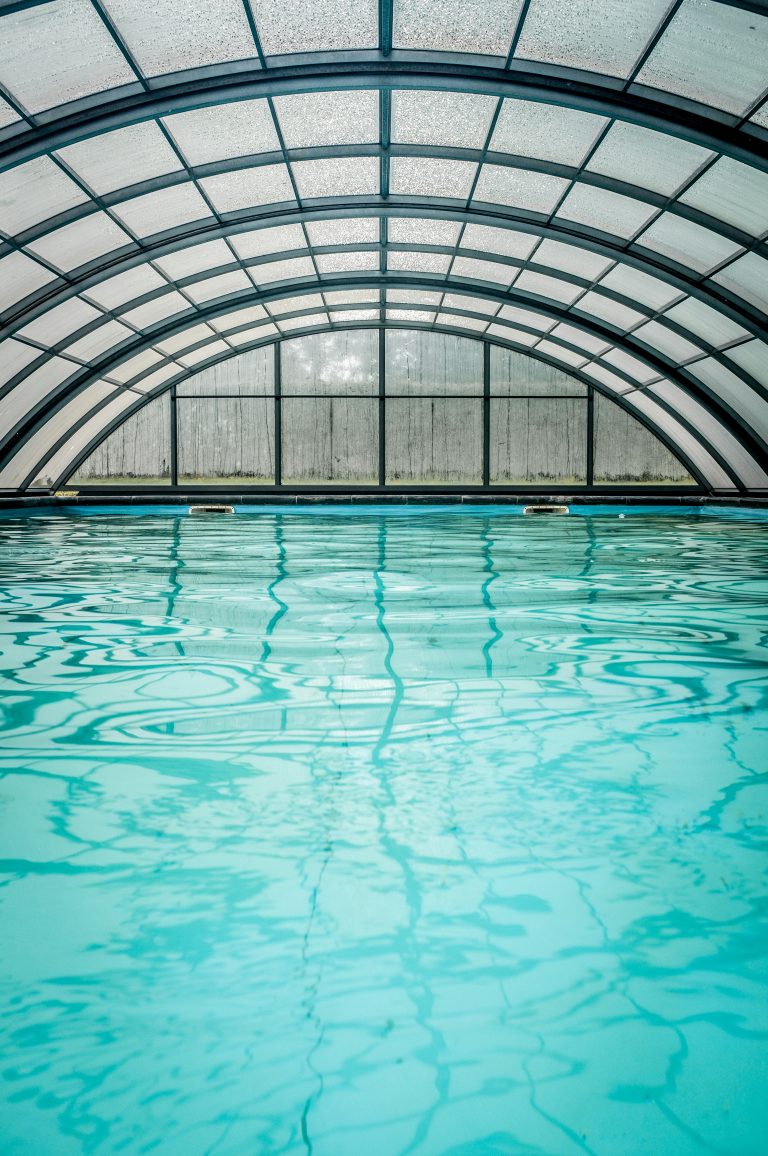Hurricane season is a reality for Pearland homeowners, and while most people focus on securing their homes, vehicles, and essential documents, one area that often gets overlooked is the swimming pool.
Proper pool preparation before a storm can make a huge difference in reducing damage, preventing contamination, and ensuring that your investment remains safe.
By taking proactive steps to safeguard your pool, you protect not only the pool itself but also your property and family from unnecessary risks.
Why You Should Never Drain the Pool
One of the most important hurricane pool prep tips for Pearland homeowners is do not drain your pool.
While some might assume removing the water prevents flooding, the reality is the opposite.
Keeping your pool filled provides weight that helps keep it anchored in the ground.
An empty or partially drained pool risks “floating” or “popping” out of the ground as the water table rises with heavy rain.
Leaving the water in place is the best way to prevent structural damage.
Pre-Storm Pool Preparation
Before a hurricane arrives, there are several critical steps every Pearland pool owner should take.
First, secure all loose items such as furniture, pool toys, umbrellas, cleaning equipment, and even planters.
These items can become dangerous projectiles in hurricane-force winds.
Do not store furniture or objects in the pool, as they can scratch or damage the pool’s surface.
Instead, bring them indoors or place them in a secure storage area.
Pruning trees and removing dead branches is also essential.
Falling limbs can damage your pool, clog the water, and become hazards during the storm.
Next, turn off all electrical pool equipment at the main circuit breaker.
This includes the pump, filter, heater, and pool lights.
If flooding is a concern, wrap electrical components in waterproof plastic and secure them tightly to minimize water damage.
Another vital step is to shock the pool with chlorine before the storm.
Adding extra chlorine and circulating it with the pump helps sanitize the water and reduce algae growth caused by rainwater, debris, and organic material.
Pool experts recommend using liquid or powdered chlorine for maximum effectiveness.
Contrary to what some believe, you should also avoid covering your pool.
Most standard pool covers cannot withstand heavy rain, high winds, or falling debris.
Instead of protecting the water, a cover can tear, collapse, or cause more damage by trapping debris.
Safety and Household Preparations
When securing your pool area, always keep children and pets away.
The risk of accidents increases while moving heavy furniture, handling equipment, or trimming trees.
Remove safety fences if they are not anchored by steel or concrete, as they can blow away and cause damage.
If you have canvas awnings, outdoor grills, or BBQ setups in the yard, bring them indoors or store them in a garage or shed.
However, remember that it is unsafe to use propane grills indoors.
Disconnect propane tanks and ensure they are stored upright and chained outside in a safe location away from the house.
Finally, always have your essential documents such as IDs, insurance papers, and property deeds stored in a waterproof bag in case evacuation is required.
Post-Storm Pool Recovery
Once the storm has passed, patience and safety come first.
Do not immediately turn pool equipment back on, especially if there is standing water around electrical components.
Floodwater and electricity are a dangerous mix and can cause severe hazards.
Wait until all water has receded before approaching the pool area.
Never swim in a pool after a hurricane until the water has been properly tested, balanced, and sanitized.
Stormwater and debris introduce bacteria, contaminants, and chemicals that make the pool unsafe.
Post-storm cleanup should begin with removing large debris, testing chemical levels, and shocking the pool again if needed.
Only once the water is clear and chlorine levels are balanced should anyone use the pool.
If your equipment has been submerged or appears damaged, call a professional pool service in Pearland to inspect and repair it before restarting.
Conclusion
For Pearland homeowners, preparing your pool for hurricane season is not just about protecting an amenity — it’s about safeguarding your property and ensuring safety for your family.
By keeping your pool filled, securing loose items, shutting off and protecting electrical equipment, adding chlorine, and avoiding the use of covers, you dramatically reduce the risk of storm-related damage.
After the storm, proceed with caution, never use the pool until it has been cleared and rebalanced, and always consult professional pool technicians if equipment damage is suspected.
Taking these hurricane season pool prep tips seriously ensures that your swimming pool remains safe, functional, and ready for use long after the storm has passed.
Contact us for pool cleaning services in Pearland Texas.


